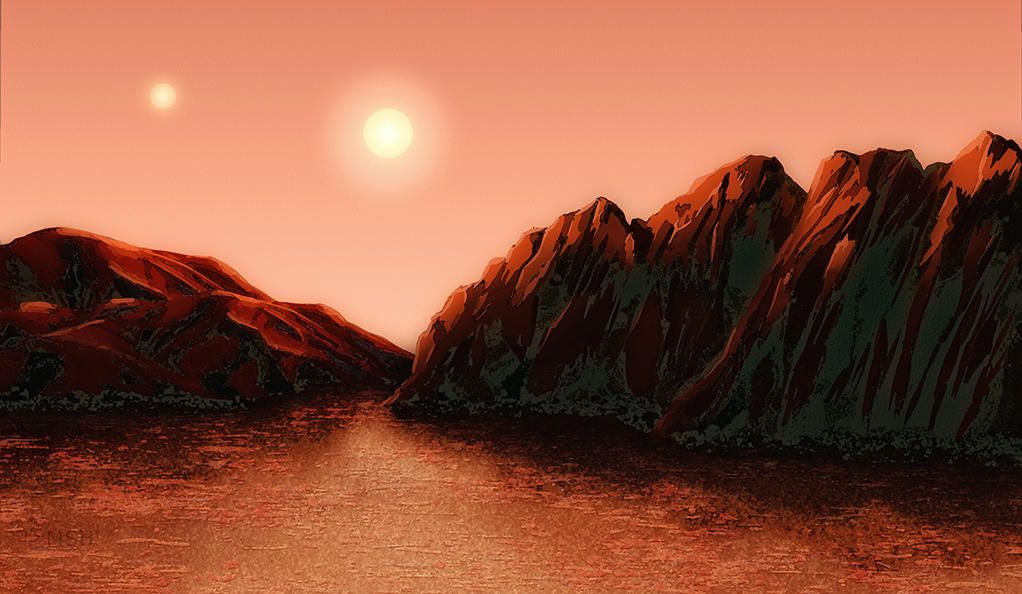
There could easily be planets lurking around the stars just next door to our sun—and our instruments are finally getting good enough that we can hope to spot them, according to a new paper accepted for publication by The Astronomical Journal.
The paper doesn't actually identify any such planets; instead, it evaluates our astronomical technology to suggest the limits of what we're currently able to spot. That's helpful information because it could help exoplanet scientists better tailor their search when it comes to our nearest neighbors.
The scientists evaluated the search for planets at a three-star system: Alpha Centauri A, Alpha Centauri B and Proxima Centauri. Proxima Centauri is technically the closest to Earth, but the two Alpha Centauri stars are larger and brighter. We already know that there's one planet orbiting Proxima Centauri, and a new paper published last month raised tantalizing clues that there could be the ingredients for a whole solar system there to accompany it.
But just because we've only found one planet doesn't mean there's only one planet there to be found. So a team of astronomers decided to use existing data from the best exoplanet-hunting instruments and turn it around—rather than looking for exoplanets, they focused on pinning down what the instruments would have been able to see or not see.
Essentially, that tells us what planets aren't there—and what may still be waiting to be found. The method let scientists rule out planets of a certain size in each star's habitable zone, the region in which a planet is close enough not to be frozen but far enough away that liquid water can remain on its surface.
Using this analysis, the scientists calculated that there can't be any planets more than about 50 times the size of Earth around Alpha Centauri A, nor any planets bigger than about eight times the size of Earth around Alpha Centauri B. That means that planets about the size of Earth could still be lurking in their habitable zones.
Proxima Centauri had the lowest ceiling for planetary size—the scientists say something would have to be less than half the size of Earth to still be hiding out in the star's habitable zone. (Proxima b, the planet that's already been spotted there, is in the habitable zone and is about 1.3 times the size of Earth—but then again, we've already spotted that one.)
That's good news if you're hoping to find alien life hiding out next door, since large planets could attract asteroids that could do a number on the sort of small planets that could host life.
Uncommon Knowledge
Newsweek is committed to challenging conventional wisdom and finding connections in the search for common ground.
Newsweek is committed to challenging conventional wisdom and finding connections in the search for common ground.
About the writer
Meghan Bartels is a science journalist based in New York City who covers the science happening on the surface of ... Read more
To read how Newsweek uses AI as a newsroom tool, Click here.








